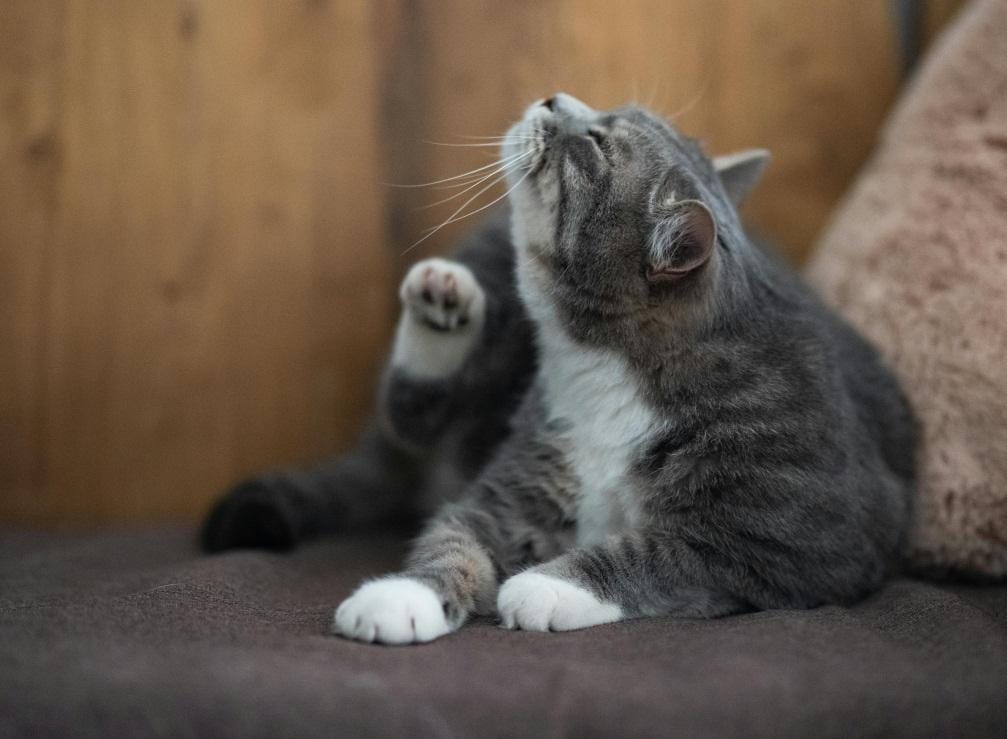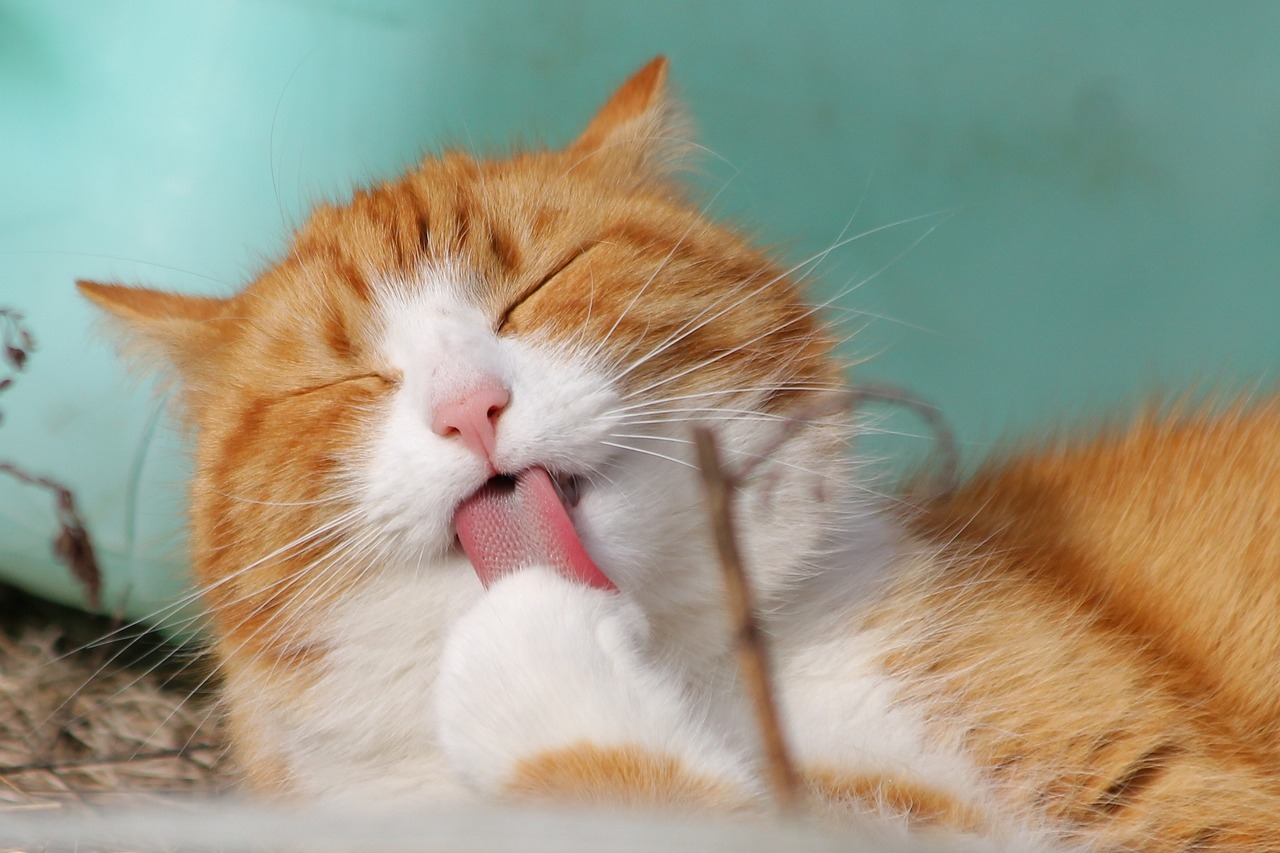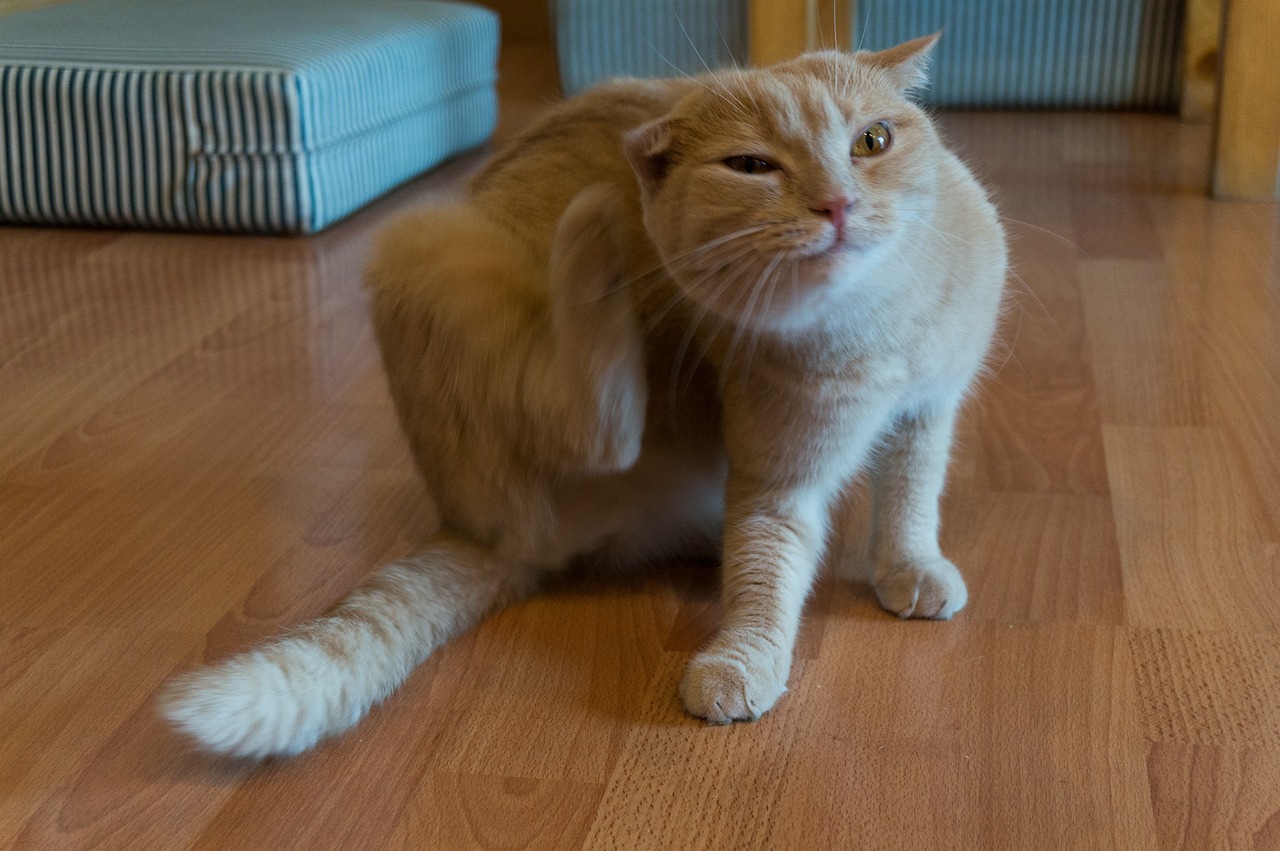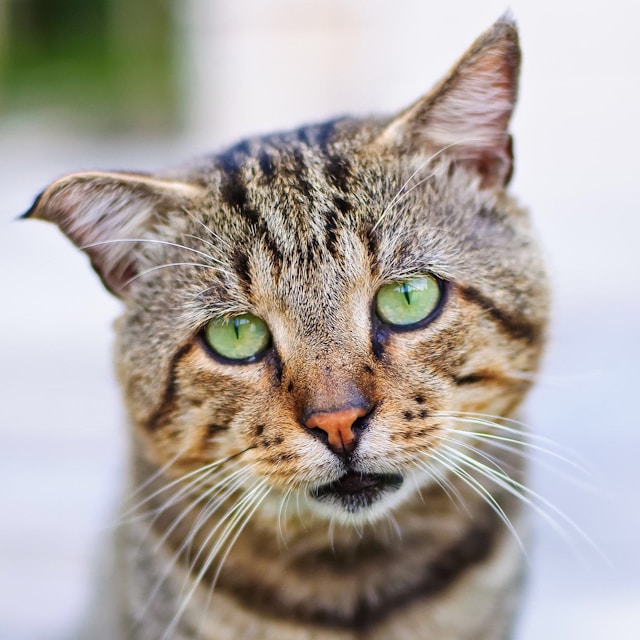Ragdoll Cat
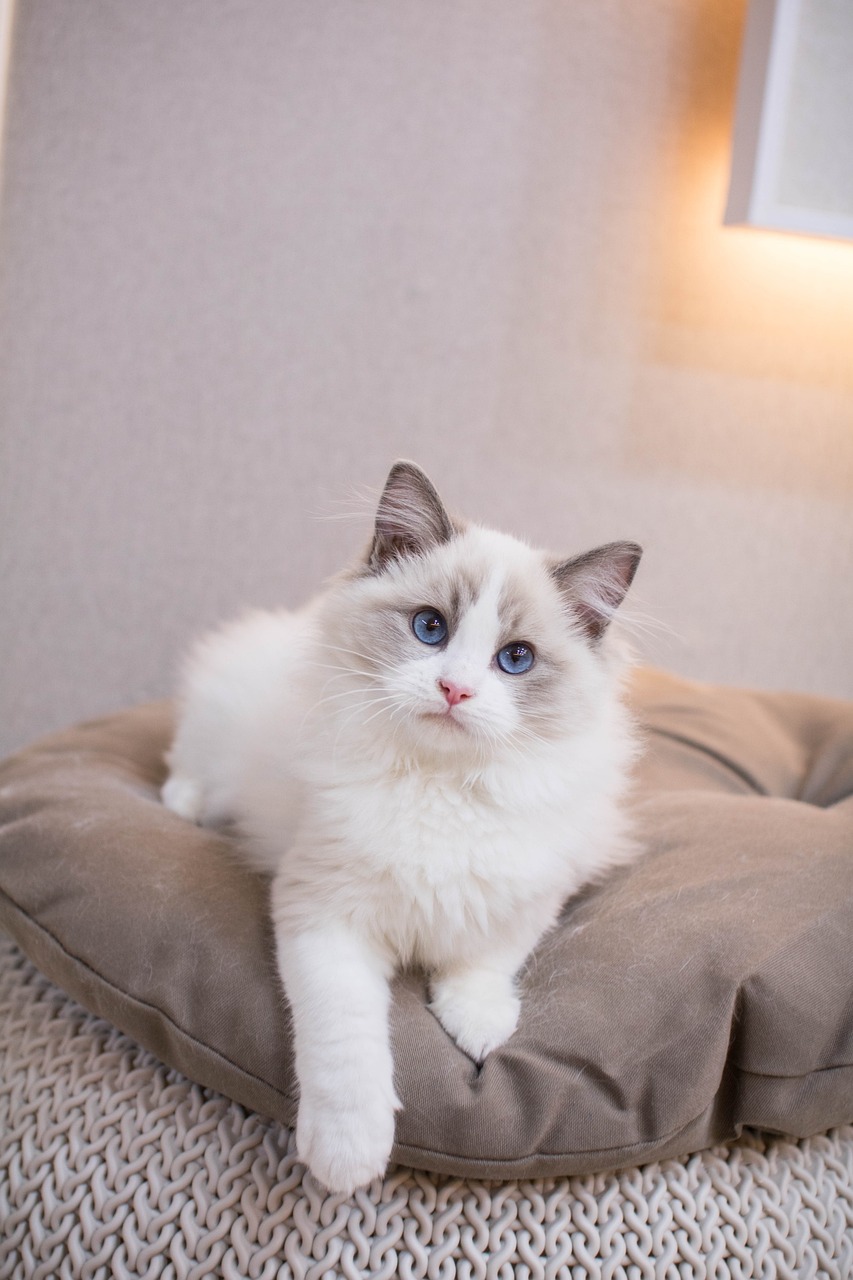
|
OFFICIAL NAME |
Ragdoll |
|
COMMON NAME |
Ragdoll |
|
PET HEIGHT |
9 to 11 inches |
|
PET WEIGHT |
10 to 20 pounds |
|
OTHER TRAITS |
13 to 18 years |
|
GOOD WITH |
cats, children, dogs, families, seniors |
|
TEMPERAMENT |
affectionate, bold, sociable |
|
INTELLIGENCE |
high |
|
SHEDDING AMOUNT |
occasional |
|
PLAYFULNESS |
high |
|
ENERGY LEVEL |
calm |
|
VOCAL LEVEL |
quiet |
|
COAT LENGTH |
long |
|
COLORS |
black/ebony, blue/gray, chocolate/brown/sable, cream/beige/tan, lavender/silver, lilac, red/orange, white |
|
PATTERNS |
bi-color, color point |
|
OTHER TRAITS |
easy to groom, easy to train, friendly toward humans, friendly toward other pets, friendly toward strangers, good for first-time pet owners, good lap cat, low prey drive, strong loyalty tendencies, tolerates being picked up |
They enjoy playing and snuggling with their owners. Their friendly character makes them perfect with children and as family pets.
Ragdoll Appearance
These breeds have silky, soft, and long hair that shed less but may shed heavily during spring. They are considered a hypoallergenic breed due to the scarcity of their undercoat. They can be 9 to 11 inches tall and typically 17 to 12 inches long, apart from their tail, and weigh up to 10 to 20 lbs. Their colors encompass cream, red, blue, gray, white, chocolate, lilac, seal, and black, with eyes that are blue but not a sole feature of this breed.
Ragdoll Personality
These breeds are gorgeous, lovely cats that enjoy spending time with their owners. They are calm and quiet and, at the same time, playful and make perfect cuddling buddies. Their extreme adaptability and good-natured personality make these breeds perfect for an indoor lifestyle.
They are also best for urban houses that lack accessibility to outdoor areas, such as an apartment.
Their relaxed and easy-going nature makes them suitable to socialize with other animal pets and younger kids. Suppose you are a busy family. These breeds will suit you because they do not exceedingly demand attention. They enjoy being around with their owners.
Ragdoll Living Needs
The Ragdoll breed is relatively easy to look after and, in fact, suitable for many families, including children, seniors, and adults.
They also get excellent with other animal pets in the family. However, these breeds long for the attention of their human family and cannot be left alone for a short period, such as going to work. They thrive in an environment where one family member is typically present since they will get lonely if left alone.
These breeds were raised to have a trusting and friendly character. And because of this personality, you must keep an eye on them since they may come to everyone with little care. So, if you bring them outside, ensure they are on a leash and kept close to you. They also love to snuggle after a day of playing with their human family.
Also, since they are large breeds, please provide them with big litter with enough room to comfortably move. They'll also appreciate having different spots to relax and nap, especially by a sunny window where they can watch the world outside.
Feeding your Ragdoll with good-quality cat food is necessary, and watching how much they eat is vital since they are prone to becoming overweight.
Ragdoll Care
Though Ragdoll's fur is short, they still require grooming and care. Regular brushing once a week with a specific comb that can touch their skin will be ideal. This helps remove loose fur and keeps their coat healthy. They're good at cleaning themselves, so you don't have to give them baths often. However, they might shed more hair twice a year, usually when the seasons change.
When switching between their summer and winter coats, brush them more often to prevent their fur from getting tangled, especially under their armpits. Caring for them also included trimming their nails, brushing their teeth, and visiting a veterinarian to keep them fit and healthy.
Ragdoll Health
These breeds are generally healthy, with a lifespan of 13 to 18 years. However, they may also face health issues like any cat breed. The primary health concerns for Ragdolls are heart issues (called hypertrophic cardiomyopathy or HCM) and problems with their urinary tract. If you get your kitten from a trustworthy breeder, they should check for these health problems, but it's essential to keep checking as your cat grows older. Sometimes, these issues only appear once your cat is more senior.
Purebred cats like Ragdolls can have more health problems because they come from a smaller group of genes. So, having a good relationship with an experienced cat vet is crucial. They can help catch and manage any issues, sometimes through special diets and regular check-ups.
Ragdoll Exercise Requirements
Despite being calm and relaxed, Ragdoll still requires exercise to stay fit. They love playing games with their human family, or you can provide them with toys they can chase or a toy mouse they can fetch. They could be better at climbing so high, so if you buy them a cat tree, ensure it is close to the ground.
Ragdoll Training
Generally, these breeds are quick to learn behaviors.
Because they are bright, you can teach them not to jump on counters, come when calling them, fetch toys, and do some tricks. Kittens are more energetic than adult cats, but they all like playing with toys, especially when you're playing with them. For adult Ragdolls, they prefer gentler activities, like learning tricks, solving food puzzles (they love food), and exploring new things.
They do best with positive reinforcement when training them, such as giving them praise, treats, and encouraging attention. They can be easily taught to socialize because of their friendly nature and love of being around people.
Ragdoll History
In the 1960s, a breeder named Ann Baker created the Ragdoll cat breed in Riverside, California. She carefully chose cats with gentle and non-aggressive personalities to develop this breed. However, as time passed, Ann Baker started to have some unusual ideas about the breed. At one point, she even said that the breed resulted from changing their genes with medical procedures. However, there is no proof to back this claim. Despite this, the Ragdoll was officially recognized as a purebred cat in 1965.
Over time, some breeders associated with Ann Baker distanced themselves from her because of disagreements. Nevertheless, they continued to breed these cute, calm cats we all adore today.
Ragdoll Fun Facts
In 2019 and 2020, the Cat Fanciers' Association said Ragdoll cats were the most popular breed.
The famous singer and songwriter Taylor Swift has three cats, and one of them is a Ragdoll.
Get insurance plans with wide-ranging coverage options








